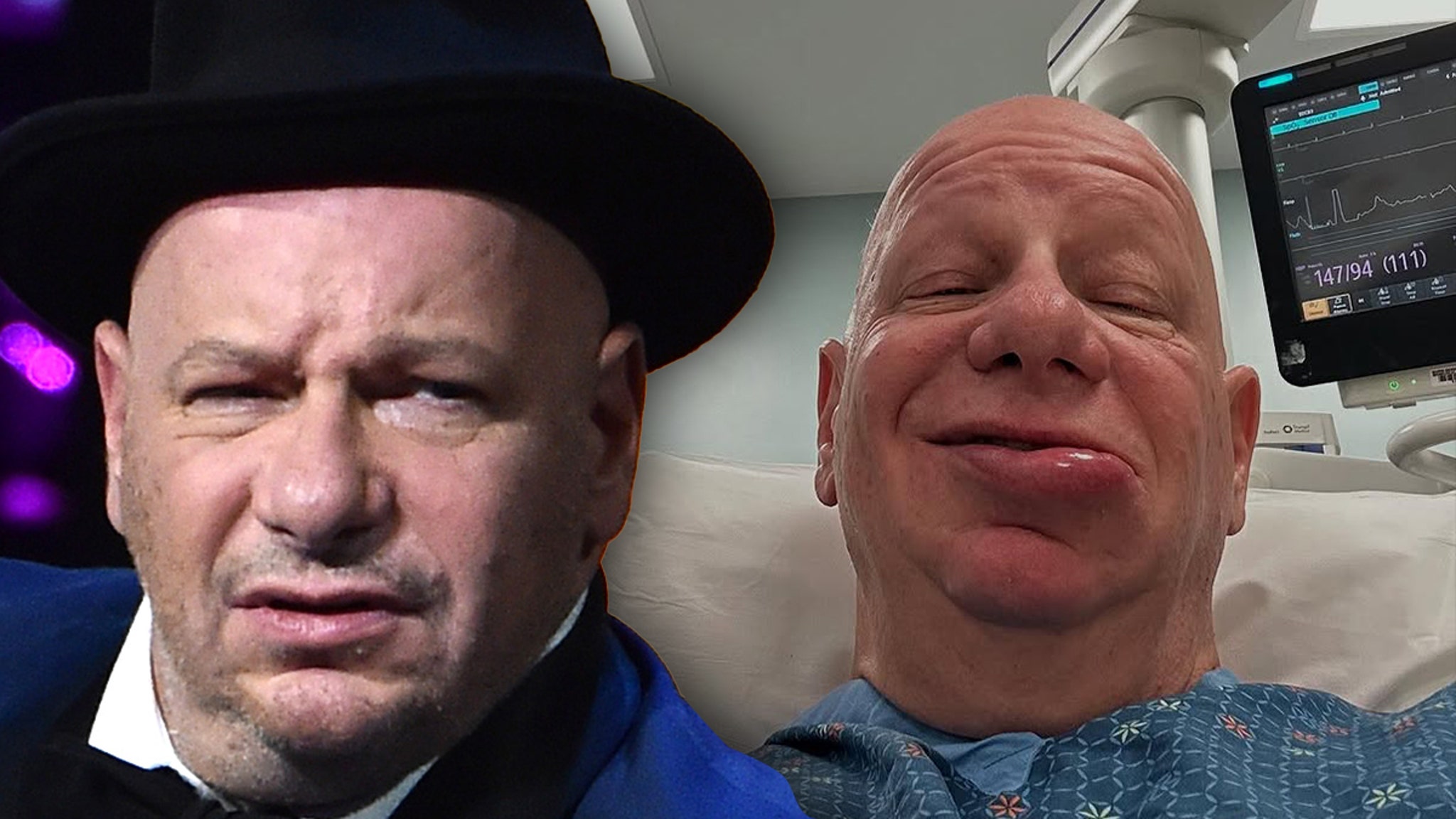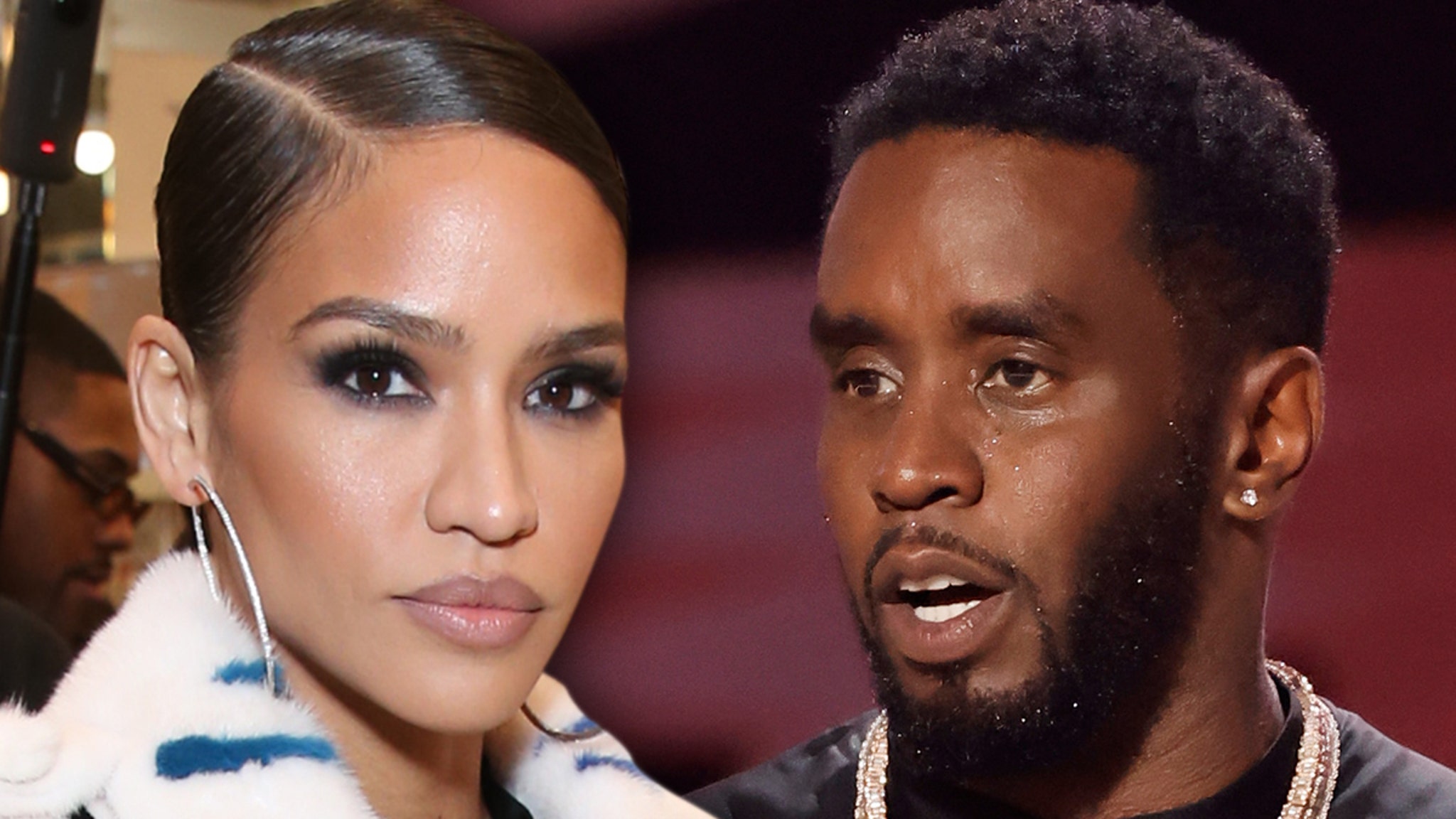Culture
David Lynch Movies and TV Shows: Where to Stream ‘Blue Velvet,’ ‘Twin Peaks’ and More

David Lynch, whose death, at 78, was announced on Thursday, was one of the most distinctive voices in modern cinema. His work defied easy categorization other than to say it was his own. Hence, the descriptor “Lynchian.” He created his own iconography both onscreen and off. (The man loved cigarettes and milkshakes.) His movies, as well as his beloved television series “Twin Peaks,” are full of mysteries that he resisted explaining. To love Lynch is to try to decipher the “Eraserhead” lady in the radiator and the log lady from “Twin Peaks.” Here’s how to dive into his world on streaming. (Note that “Wild at Heart” and “The Elephant Man” are not currently available.)
1977
‘Eraserhead’
Stream it on Max and the Criterion Channel
Where were you when you first heard of the “Eraserhead” baby? For anyone who loves cinema the word of the baby arrives before you’ve even seen Lynch’s first film, his black-and-white opus about a man named Henry with sky-high hair existing in a terrifying industrial landscape where everything creaks with eerie sounds. The baby becomes an emblem of what Lynch can do: create images that live in your mind and burrow under your skin. Shot over several years in the early 1970s — the number varies from account to account — “Eraserhead” stars Lynch’s longtime collaborator Jack Nance as the nervous Henry, who is told a baby at the hospital is his. Just what that baby looks like must be seen to be believed.
Lynch once said in an interview, “I’m proud of everything except ‘Dune,’” his 1984 adaptation of the Frank Herbert novel. While Lynch’s version has its fans — and arguably is not as bad as he thought it was — it found him struggling to work within the Hollywood machine. (He had previously received acclaim and Oscar nominations for “The Elephant Man” in 1980, which was produced by Mel Brooks, of all people.) In “Dune,” which stars Kyle MacLachlan as Paul Atreides, you can see the director’s instincts to dig into the strangeness of Herbert’s work strain against the studio desire to create a blockbuster that would appeal to the masses. He didn’t get final cut, which plagued him for years. He later said, “Why would anyone work for three years on something that wasn’t yours? Why? Why do that? Why? I died a death. And it was all my fault for not knowing to put that in the contract.”
1986
‘Blue Velvet’
Stream it on Max
If there’s one positive from “Dune” it was the director’s collaboration with MacLachlan, who would go on to star in the thoroughly Lynchian “Blue Velvet,” a tale of the disturbing world lurking under small-town life, a theme that would resonate with Lynch again and again. MacLachlan plays Jeffrey Beaumont, who stumbles upon a severed ear when he comes home from college. (That ear, crawling with ants, is one of Lynch’s most indelible images in a career full of them.) The discovery leads Jeffrey, who has a peeping-tom nature, to the innocent Sandy (Laura Dern, another one of Lynch’s regular players), the singer Dorothy Vallens (Isabella Rossellini), and the violent Frank Booth (Dennis Hopper). In an interview with The Times, Lynch tried to describe how the ear was the impetus for the story, “I don’t know why it had to be an ear. Except it needed to be an opening of a part of the body — a hole into something else, like a ticket to another world. The ear sits on the head and goes right into the mind so it felt perfect. Maybe a psychiatrist would have something to say about that.”
Those who weren’t cinephiles were probably introduced to David Lynch through the world of “Twin Peaks.” In what these days amounts to a bizarre turn of events, suddenly an avant-garde filmmaker became the creator of a popular network television series when it debuted in 1990 on ABC. Cocreated by Mark Frost, the show opens with the discovery of the corpse of teen queen Laura Palmer (Sheryl Lee), her visage blue and her body wrapped in plastic. Ostensibly, “Twin Peaks” is a murder mystery. Soon enough MacLachlan’s chipper F.B.I. agent Dale Cooper arrives, marveling at the local coffee and pie. But what Cooper finds is no simple case. Rather it’s a question of human rot and literal evil in the form of the nightmarish entity Bob (Frank Silva). After a second season that many fans found disappointing, “Twin Peaks” was canceled. It concluded on one of the most famous cliffhangers of all time, but that would crucially not be the end of “Twin Peaks.”
1992
‘Twin Peaks: Fire Walk With Me’
Stream it on Max or the Criterion Channel
Following the cancellation of “Twin Peaks,” Lynch could not let Laura Palmer remain dead. Instead, he revived her in the film “Twin Peaks: Fire Walk With Me,” largely an account of the last weeks of Laura’s life. Extremely dark, the film was largely dismissed by critics upon its release, but is now revered, especially as the mythology of “Twin Peaks” expanded. Lynch always maintained his affection for “Fire Walk With Me,” telling The Guardian, “I loved the film and when you do something you believe in and it doesn’t go well, it’s OK. If you sell out like I did on ‘Dune’ and it doesn’t go well, then you really die.”
1997
‘Lost Highway’
Stream it on the Criterion Channel
The phrase Lynch used to describe “Lost Highway” was “psychogenic fugue.” It was a term he actually stole from the unit publicist, who was researching mental illness. “The person suffering from it creates in their mind a completely new identity, new friends, new home, new everything — they forget their past identity,” he told Filmmaker magazine. “This has reverberations with ‘Lost Highway,’ and it’s also a music term.” Music is relevant because the film follows a saxophonist, Fred, played by Bill Pullman. In the first unnerving plot mechanism that Lynch throws in Fred’s path, a series of videotapes show up outside the home he shares with his wife, Renee (Patricia Arquette in a Bettie Page wig). Soon he’s greeted at a party by an unnamed man, his face painted white (Robert Blake). “Lost Highway” is a physically dark film, without the twinkle that Lynch would give to his later depictions of Los Angeles in “Mulholland Drive.”
1999
‘The Straight Story’
Stream it on Disney+
“The Straight Story” is arguably the most un-Lynchian David Lynch film, and yet it is still a quietly beautiful reflection of his artistic sensibilities. This drama, released by Disney of all studios, is based on the true story of Alvin Straight (Richard Farnsworth), a 73-year-old Iowan who rides his lawn mower more than 200 miles to see his ailing brother. There’s an inherent quirk to the notion of a man committed to this mode of transportation, but Lynch portrays the journey with complete earnestness. For as much as the director loved to delve into the seedy side of American society, “The Straight Story” is about the sense of community Alvin finds on the road and the small graces extended to him.
If there’s one Lynch project that’s most frequently considered his masterpiece it’s “Mulholland Drive,” which was named the best film of the 21st century in a 2016 BBC poll of critics. “Mulholland Drive” is his interpretation of Hollywood, a world he admires and fears at the same time. There’s a simple way to explain “Mulholland Drive,” beginning with the story of Betty (Naomi Watts, in her breakout role), a cheery young woman who arrives in Los Angeles with dreams of stardom. At the apartment where she has planned to stay, Betty encounters Rita (Laura Harring), who has no memory of who she is. Together, they hunt for Rita’s true identity. It’s a search that eventually bleeds into the story of another woman, Diane Selwyn, also played by Watts. But just describing what happens in “Mulholland Drive” feels almost too glib. Lynch scholars and obsessives have spent decades trying to unpack the sensations it evokes as it makes you question what is a dream and what is reality.
2006
‘Inland Empire’
Stream it on Max and the Criterion Channel
Often Lynch is hard to explain. That’s the thing with his movies. But perhaps none are more difficult to illuminate than “Inland Empire,” starring his frequent muse Laura Dern as an actress named Nikki Grace. In fact, production began as an experiment between Dern and Lynch, a monologue for her that he thought he would post on his website. It evolved over three years of sporadic filming. “Inland Empire” is particularly notable in the Lynch canon as the first movie he shot on digital video rather than celluloid, a choice that revolted some audiences. But Lynch was resolute. When he finally received production money, he told the film company two things: “I don’t know what I’m doing, and I’m shooting on D.V.” There are also rabbits.
As anomalous as it was that “Twin Peaks” existed in the first place, it was equally miraculous that it was revived in the form of “Twin Peaks: The Return,” which aired more than 25 years later on Showtime. Yes, reboots of classic television shows were all the rage when the network gave Lynch the green light after much negotiation, but the director was not going to make the third season everybody expected. In fact, “The Return” offers very little resolution to the saga of Laura Palmer and Dale Cooper, introducing entirely new characters and presenting a vision of the Washington state setting that was nearly unrecognizable. Cooper, most troublingly, is not himself, his body used by a doppelgänger as an engine for evil. Later, he takes the form of the goofy, empty-headed Dougie Jones. “The Return” would be the last full-length work Lynch created, and it ends on the sight of Laura Palmer, or a version of Laura Palmer, screaming into the night. It’s a disturbing final statement from an unparalleled artist.
2020
‘What Did Jack Do?’
Stream it on Netflix
In early 2020 a new David Lynch short suddenly appeared on Netflix. It had premiered at earlier film festivals, but most viewers had no idea what to expect. What did they get? About 15 minutes of Lynch playing a detective interrogating a monkey. It’s a reminder for as much as Lynch’s work could plumb the depths of the human psyche, he also had a real sense of play.
Steven Spielberg gave Lynch a fitting onscreen send-off by casting him as another legendary director, John Ford, in the semi-autobiographical film “The Fabelmans.” Lynch, puffing on a cigar, plays the man who made “The Searchers” with cantankerous verve. Near the end of the film Spielberg’s stand-in, Sammy Fabelman gets an audience with Lynch’s Ford. “They tell me you want to be a picture maker,” Lynch as Ford says. “Why? This business, it’ll rip you apart.” He then gives Sammy some genius advice and tells him to get out of his office. It’s three all-time greats in conversation with one another: Spielberg, Ford and Lynch.





























